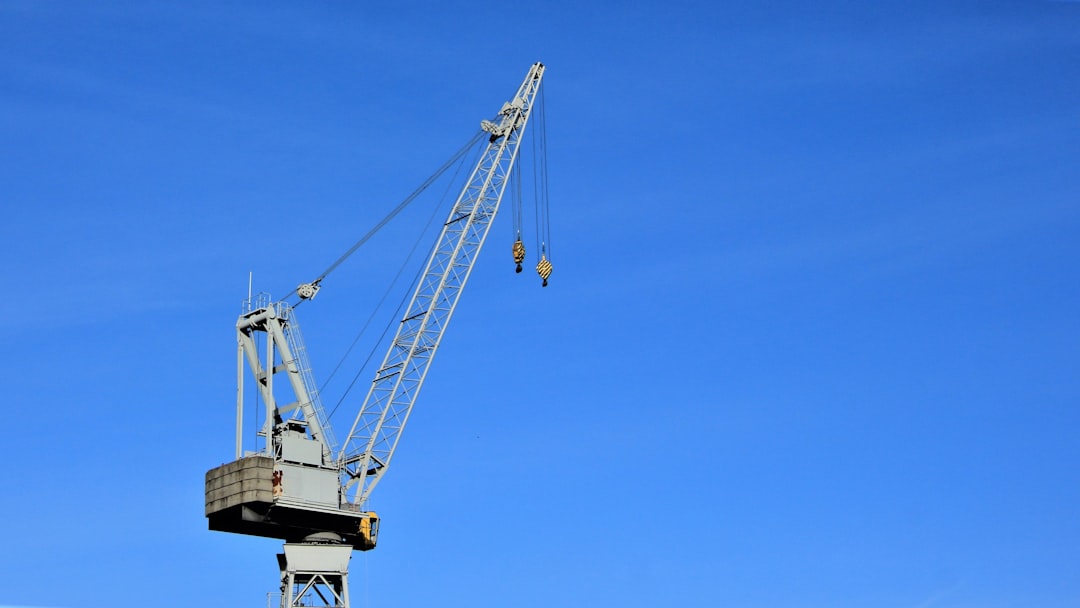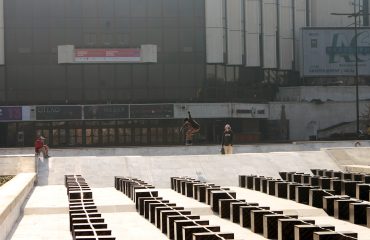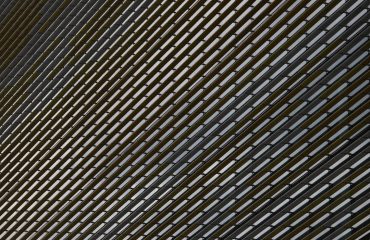High-strength steel (HEA) profiles are increasingly vital in modern construction, offering exceptional strength-to-weight ratios for heavy load structures. This comprehensive guide delves into the critical aspects of utilizing HEA profiles, ensuring a thorough understanding of their capabilities and limitations.
Understanding High-Strength Steel (HEA) and its Properties
HEA profiles, often referred to as high yield strength steel sections, are designed using advanced steel grades boasting significantly higher yield strengths compared to conventional structural steel. This superior strength allows for lighter sections to be used while maintaining or exceeding the load-bearing capacity of traditional designs. Key properties influencing their selection include:
- Yield Strength: A crucial parameter determining the load-carrying capacity before permanent deformation occurs. HEA steels exhibit yield strengths substantially higher than those of standard grades (e.g., S275, S355).
- Tensile Strength: Represents the maximum stress a material can withstand before fracturing. While important, yield strength is typically the primary design consideration.
- Ductility: The ability of the steel to deform plastically before fracture. A balance is needed; sufficient ductility ensures toughness and prevents brittle failure, while excessive ductility might compromise strength.
- Weldability: HEA steels often require specialized welding procedures to ensure sound welds and avoid potential issues like cracking. Pre-qualification of welding processes is essential.
- Fatigue Resistance: The ability to withstand repeated loading cycles without failure. This is crucial for structures subjected to dynamic loads.
Design Considerations for HEA Profiles in Heavy Load Structures
Designing with HEA profiles requires careful consideration of several factors to optimize performance and safety. These include:
- Structural Analysis: Accurate finite element analysis (FEA) is crucial to predict stress distributions and ensure the structure can withstand anticipated loads. The higher strength of HEA steel requires precise modeling to capture its behavior accurately.
- Connection Design: Connections are critical in transferring loads effectively. The higher strength of HEA steel may necessitate stronger and more robust connections, potentially requiring specialized fasteners or welding techniques.
- Buckling Considerations: Slender HEA sections are susceptible to buckling under compressive loads. Careful design is essential to prevent this, potentially involving bracing or employing sections with higher stiffness.
- Stability Analysis: Global and local stability checks are vital, particularly for tall or slender structures. Second-order effects, where deformations influence load distribution, must be considered.
- Fabrication and Erection: The higher strength of HEA steel might make it more challenging to fabricate and erect. Specialized equipment and skilled labor may be required.
Applications of HEA Profiles in Heavy Load Structures
The unique properties of HEA profiles make them ideal for various heavy load applications, including:
- Bridges: HEA steel allows for lighter and more efficient bridge designs, reducing material costs and improving aesthetics.
- High-Rise Buildings: In high-rise construction, HEA sections contribute to reduced structural weight, leading to smaller foundations and lower construction costs.
- Offshore Structures: The strength and corrosion resistance of certain HEA steels make them suitable for harsh marine environments.
- Industrial Structures: Heavy industrial facilities, such as factories and warehouses, benefit from the increased load-bearing capacity of HEA profiles.
- Crane Structures: The high strength-to-weight ratio is essential for crane designs, improving efficiency and reducing material consumption.
Advantages and Disadvantages of Using HEA Profiles
While HEA profiles offer significant advantages, it’s crucial to acknowledge their limitations:
Advantages:
- Increased Strength-to-Weight Ratio: This leads to lighter structures, reduced material costs, and improved efficiency.
- Reduced Structural Size: Smaller sections can be used, potentially leading to improved aesthetics and reduced space requirements.
- Improved Load-Bearing Capacity: HEA profiles can handle significantly higher loads compared to conventional steel sections.
Disadvantages:
- Higher Initial Cost: HEA steel is typically more expensive than standard grades.
- Specialized Fabrication Techniques: Welding and other fabrication processes require specialized expertise and equipment.
- Potential for Brittle Fracture: Careful consideration of ductility and toughness is essential to prevent brittle failure.
- Increased Complexity in Design: The design process requires advanced analysis techniques and expertise.
Selecting the Appropriate HEA Profile for Your Project
The selection of the appropriate HEA profile depends on various factors, including the intended application, load requirements, environmental conditions, and budget constraints. Close collaboration between structural engineers, fabricators, and material suppliers is crucial for successful project implementation. Detailed analysis, considering all relevant design codes and standards, is paramount to ensure safety and performance.
Careful consideration of the material properties, section geometry, connection design, and fabrication methods ensures optimal performance and longevity of the structure. Ignoring any of these aspects can compromise structural integrity and lead to potential failures.
This detailed understanding of HEA profiles is crucial for engineers and designers involved in heavy load structures. By carefully considering the factors outlined above, you can harness the superior capabilities of HEA steel to create efficient, robust, and safe structures.




